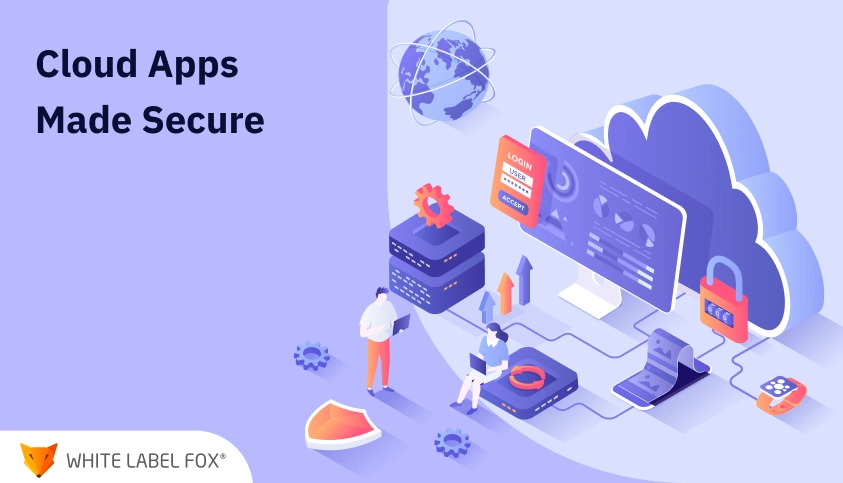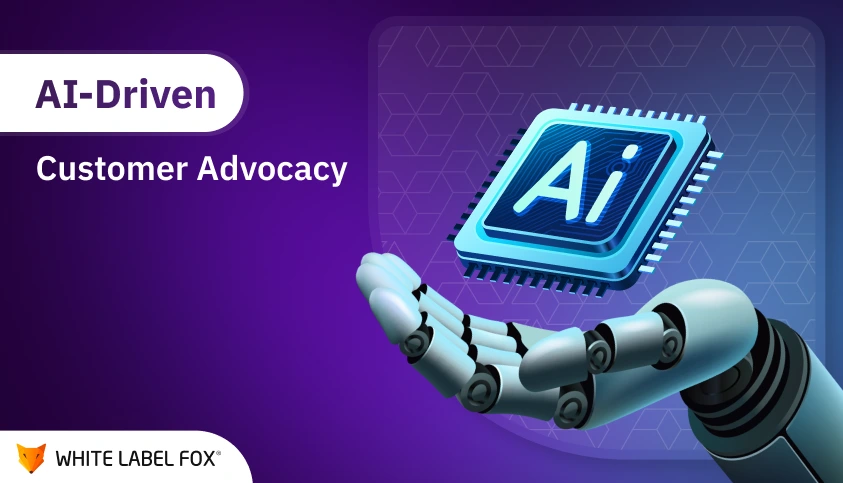For businesses constructing cloud platforms, AI solutions, and mobile apps, social media is more than a promotional instrument—it’s an extension of the product ecosystem. From user acquisition campaigns to in-app integrations with social APIs, uninterrupted access to platforms like Instagram, Twitter, or TikTok is crucial. Yet, many developers and enterprises face sudden restrictions in the form of account suspensions, shadow-bans, and blocked IP addresses.
One of the most pressing issues is Instagram IP bans. These occur when Instagram flags and blocks traffic from specific IP addresses associated with automated or suspicious activity. For SaaS companies and app developers integrating social features—or running large-scale cloud-based campaigns—such bans can abruptly disrupt operations, testing pipelines, or customer engagement.
Why Social Network Blocks Matter in Development
Modern applications increasingly rely on social integrations. Whether it’s enabling login with Instagram, pulling analytics data for AI-driven dashboards, or embedding social sharing tools, these connections are essential. However, they are also highly monitored.
Platforms use AI-powered detection systems to identify unusual patterns. Multiple logins from the same IP, rapid-fire automated requests, or large-scale scraping can all trigger blocks. For developers testing apps in a cloud environment or businesses scaling campaigns globally, this creates bottlenecks in workflows.
As Gartner points out, enterprises adopting cloud-native development must factor compliance and resilience into their architectures. A single IP ban can halt testing or deployment cycles if safeguards aren’t in place.
Proxies as a Development Infrastructure Tool
Proxies aren’t just for marketers—they’re increasingly becoming a core part of cloud and software development infrastructures. By routing traffic through proxy servers, developers, and businesses can distribute requests across multiple IPs, reducing the likelihood of bans and maintaining uptime.
Key benefits for development teams include:
- API Testing at Scale applications requiring rigorous testing must simulate high volumes of traffic without risking account restrictions. Proxies enable extensive stress testing from various locations worldwide.
- Global Simulations to build globally accessible applications developers need to simulate real users across different regions. Distributed proxy pools allow extensive traffic simulations from all over the world, ensuring features function properly everywhere.
- Machine Learning and Data Collection AI and machine learning models require immense datasets pulled directly from social platforms, yet direct scraping could overload single IP sources, triggering protections. Proxies permit expansive data harvesting unseen.
- Continuous Integration & Deployment automated pipelines require constant testing but overly aggressive testing endangers accounts with bans or limitations. Distributing tests through proxy pools protects accounts while permitting continuous, extensive validation.
For dynamic, cloud-native systems, weaving proxies into infrastructure transforms them from anonymity solutions to reliability tools safeguarding development.
Best Practices for Developers and Cloud Teams
To avoid disruptions, teams must strategize testing: leverage distributed infrastructure across multiple clean IP addresses or environments; respect platform policies despite enhanced testing; integrate security like multifactor authentication and activity monitoring; optimize automated processes to mimic natural behavior avoiding overly intense scraping triggering bans; analyze any restrictions to identify causes and refine systems.
What to Do if Banned?
When limitations arise, engineers should initially decide if the issue relates to IP addresses, credentials, or API request patterns. Many platforms offer developer guidance and appeals processes, though these may require time.
In the short term, alternating proxies or moving to fresh IP pools can restore functionality. Long term, teams must modify their structure to lessen reliance on single points of failure. As IBM notes, resilience is fundamental to modern cloud-native applications. This involves anticipating restrictions and incorporating redundancy into the design.
Conclusion: Constructing Durable Social Media-Integrated Apps
For cloud-based companies, AI-powered platforms, and app creators, uninterrupted social media access is a basic requirement. Instagram IP bans and other constraints emphasize the importance of integrating proxies, layered security, and compliance strategies directly into development workflows.
By dealing with social media access as a part of core infrastructure rather than an afterthought, businesses can ensure their apps stay scalable, compliant, and durable. This is where cloud consulting services play a crucial role—helping enterprises design resilient architectures, implement redundancy, and align with best practices for global-scale deployments.
As detection systems grow more sophisticated, only those who integrate ethical, redundancy-focused practices into their cloud and software architectures will thrive. The future of app development lies not only in innovation—it’s about building robust, block-resistant solutions that keep businesses connected, compliant, and competitive.

















